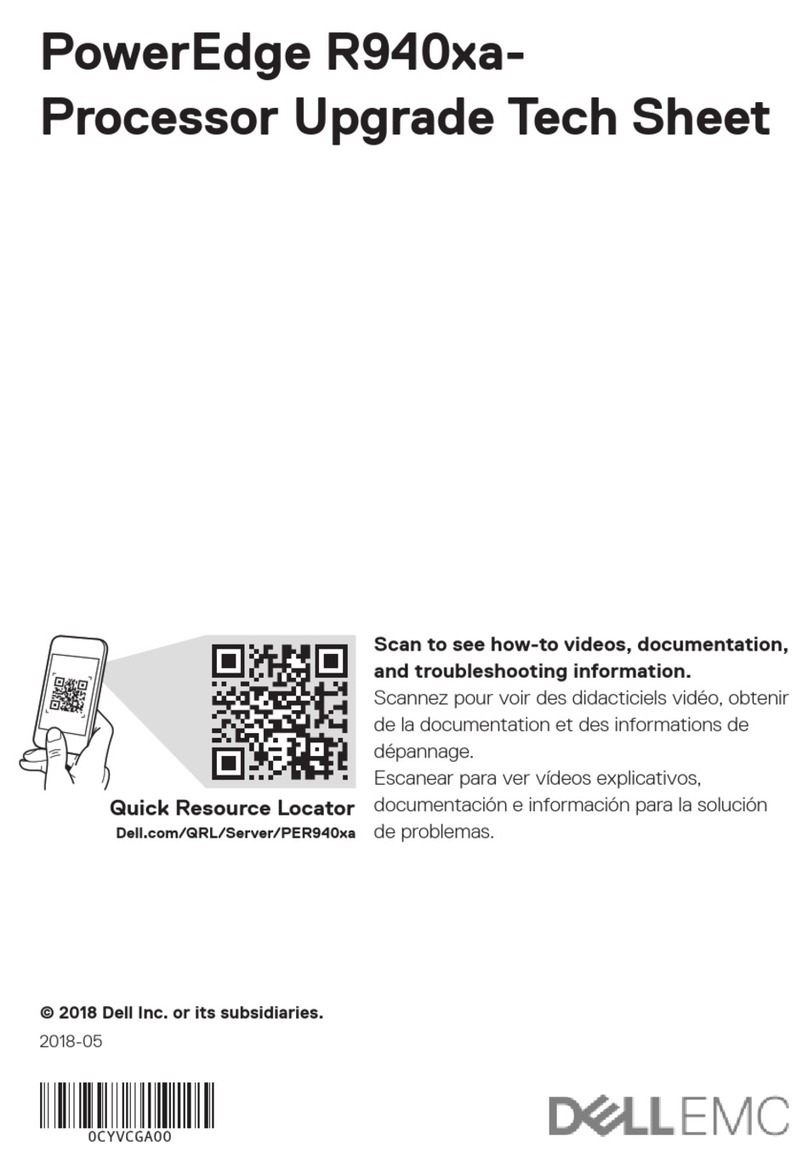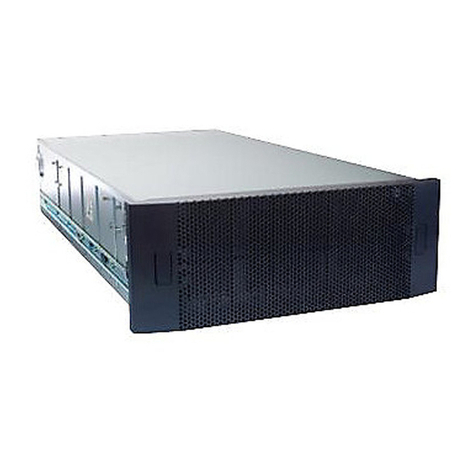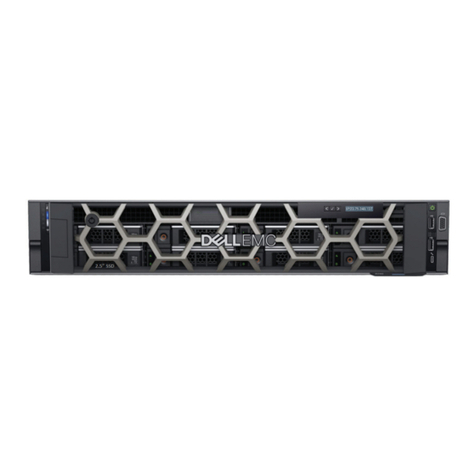
Foreign conguration found error message..................................................................................................................66
Foreign conguration not found in HII error message.................................................................................................66
Degraded state of virtual disks.......................................................................................................................................67
Memory errors..................................................................................................................................................................67
Preserved Cache State................................................................................................................................................... 67
Security key errors........................................................................................................................................................... 67
Secured foreign import errors...................................................................................................................................67
Failure to select or congure non Self-Encrypting Disks non-SED..................................................................... 68
Failure to delete security key....................................................................................................................................68
Failure of Cryptographic Erase task on secured physical disks............................................................................ 68
General issues...................................................................................................................................................................68
PERC card has yellow bang in device manager..................................................................................................... 68
PERC card not seen in device manager..................................................................................................................68
Physical disk issues..........................................................................................................................................................69
Physical disk in failed state....................................................................................................................................... 69
Unable to rebuild a fault tolerant virtual disk.......................................................................................................... 69
Fatal error or data corruption reported................................................................................................................... 69
Physical disk displayed as blocked........................................................................................................................... 69
Multiple disks become inaccessible......................................................................................................................... 69
Rebuilding a failed physical disk................................................................................................................................70
Virtual disk fails during rebuild using a global hot spare.........................................................................................70
Virtual disk fails during rebuild using a dedicated hot spare..................................................................................70
Physical disk fails during reconstruction on redundant virtual disk......................................................................70
Virtual disk fails rebuild using a dedicated hot spare..............................................................................................70
Physical disk takes a long time to rebuild.................................................................................................................71
SMART errors................................................................................................................................................................... 71
Smart error detected on a physical disk in a redundant virtual disk..................................................................... 71
Smart error detected on a physical disk in a non-redundant virtual disk.............................................................71
Replace member errors................................................................................................................................................... 72
Source disk fails during replace member operation............................................................................................... 72
Target disk fails........................................................................................................................................................... 72
General disk fails.........................................................................................................................................................72
Linux operating system errors........................................................................................................................................ 72
Virtual disk policy is assumed as write-through error message............................................................................72
Unable to register SCSI device error message.......................................................................................................73
Disk carrier LED indicators.............................................................................................................................................. 73
HII error messages........................................................................................................................................................... 74
Unhealthy Status of the Drivers...............................................................................................................................74
10 Appendix RAID description......................................................................................................................... 75
Summary of RAID levels..................................................................................................................................................75
RAID terminology............................................................................................................................................................. 76
Disk striping.................................................................................................................................................................76
Disk mirroring..............................................................................................................................................................76
Spanned RAID levels..................................................................................................................................................77
Parity data................................................................................................................................................................... 77
6Contents































